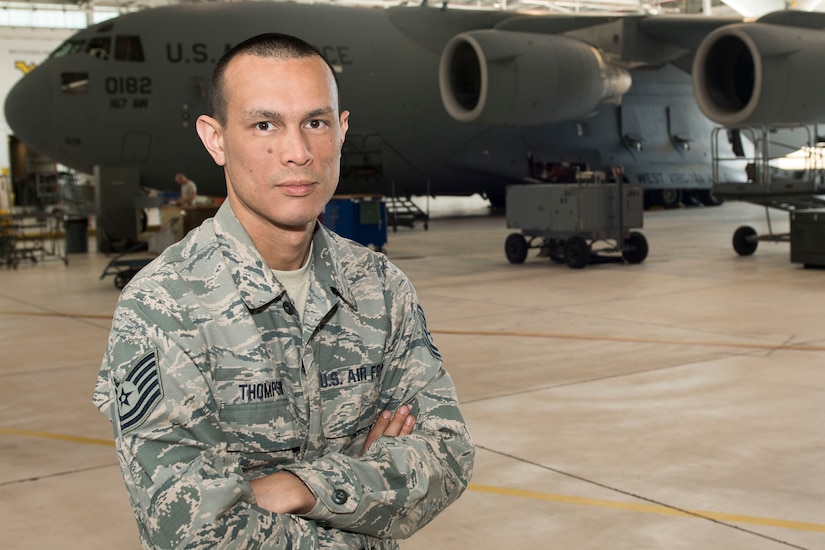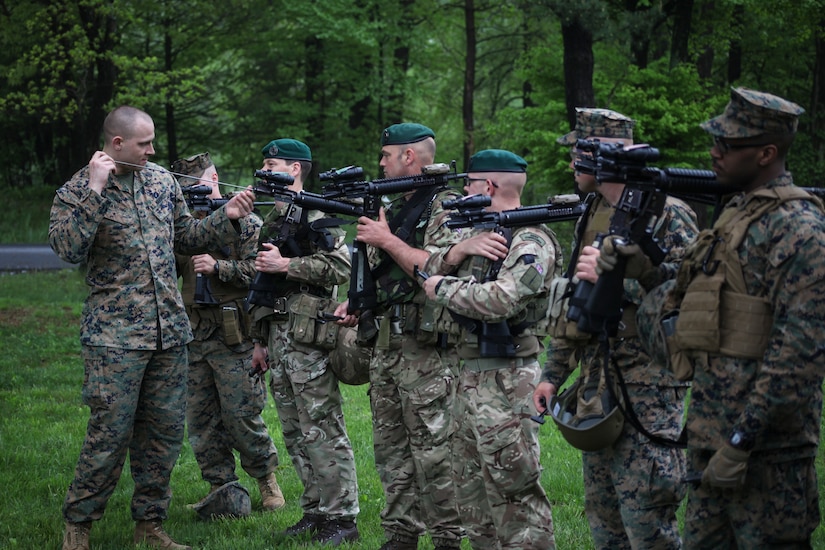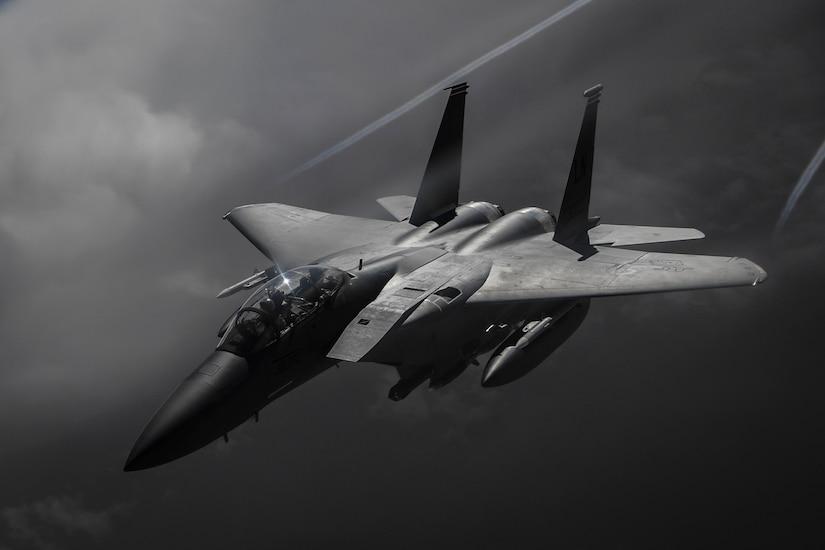By Air Force Senior Master Sgt. Emily Beightol-Deyerle, 167th
Airlift Wing, West Virginia Air National Guard
MARTINSBURG, W. Va -- Forty-three years ago, as the North
Vietnamese Army and the Viet Cong took over the South Vietnam capital city of
Saigon, thousands of refugees fled their home country and the communist
government.
Many found their way to the United States.
Air Force Tech. Sgt. Michael Thompson’s mother was one of
those refugees.
Thompson, an electronic integrated systems mechanic for the
167th Airlift Wing’s communications, countermeasures and navigation systems
section here, said his mother’s journey to the United States started with one
member of the Air Force who sponsored her, her two sisters, and their mother.
It was that one airman who inspired Thompson to join the
military as a member of the West Virginia Air National Guard.
Making a Difference
“There is a whole family tree over here that wouldn’t exist
if he hadn’t done what he did,” Thompson said. “I’ve never forgotten the
difference one member of the military made on our family and I always hoped
that if I joined I would make a difference in someone else’s life.”
In April 1975, two years after the U.S. had pulled combat
troops out of Vietnam, it became clear that the communist party would take over
South Vietnam. Americans, as well as Vietnamese who were deemed at-risk if they
remained in the country, were evacuated en masse.
Thompson said his mother, not quite a teenager then, recalls
the evacuation.
“She remembers them frantically loading people onto a C-130
and then high-tailing it out of there as fast as they could. They [and] the
plane, were being actively attacked from the ground when they were leaving,” he
said.
Settling in West Virginia
Without the sponsorship of that one member of the military,
a man who befriended his grandmother in Vietnam, it’s unlikely his family would
have made it out of the country and to the small town of Shepherdstown, West
Virginia, where they settled after leaving their home.
Thompson said his grandmother went to work in a factory to
provide for her daughters and eventually bought a house.
“She made sure that her kids got the opportunity to learn
the language, get an education and go to college,” he said. “My mom and her
sisters all went on to raise their own families and live comfortable lives.
They have so much more here than they ever would’ve had if they stayed in
Vietnam.”
Thompson said he had always hoped to join the military, but
his mother, because of her experiences in Vietnam, tried to dissuade him.
Instead, she pushed him to focus on his studies and to
perform well in school.
“I think I had a very strict upbringing but compared to what
she went through, my childhood was a vacation. I only had to worry about doing
chores and homework. She had to worry about dodging landmines on the way to
school. It puts things into perspective,” he said.
School, Joining the Military
When Thompson graduated from high school in 2003, he chose
to study engineering.
“In high school, I thought about all of the jobs that really
make a difference and as I narrowed down the list it became engineering or the
military. I saw both as having end results that make a difference,” Thompson
said.
Thomas attended engineering school in Flint, Michigan, and
then moved to Chicago during his last two years of college for an internship at
a large wealth management firm.
After completing college and the internship, he said he felt
unfulfilled and the call to serve his country had not quieted.
Thompson left Chicago, returned home, and told his mother he
was joining the military.
His mother’s views on the military had softened by this
time. She had taken a job at a bank, which was located on the 167th Airlift
Wing’s installation at the time, and got to know many of the members of the
wing.
Thompson said a former first sergeant for the 167th
Logistics Readiness Squadron and family friend helped him transition into the
wing.
“Chip Palmer told me I should go into avionics. He told me
what I should do and I trusted him. He was right,” Thompson said.
After nearly ten years in the career field, he said he still
enjoys his job.
“We get the ball rolling here so that stuff can happen out
there,” Thompson said, in explaining how his job here at the wing ensures
deployed airmen and soldiers get the supplies and equipment they need.
“I know that someone out there is making a difference
because I’m doing my job here,” Thompson said. “And I can see that clear line
between me and them.”









